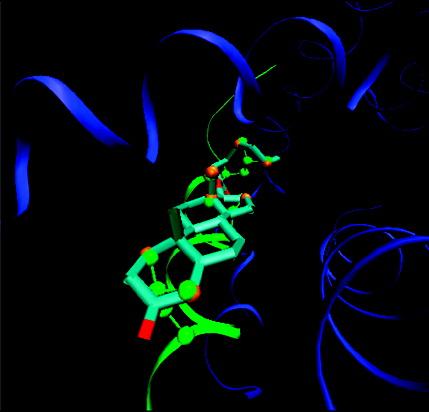Approved drug mimics of short peptide ligands from protein interaction motifs

Parthasarathi L, Casey F, Stein A, Aloy P, Shields DC, Most biological functions are regulated through complex networks of transient protein interactions, and, thus, finding effective ways to modulate them would represent an important step towards defining the next generation of drugs. In this study, we set out to determine if existing approved drugs may represent a good source of compounds from which initial lead inhibitors of protein-protein interactions mediated by short peptide regions may be drawn. Peptide structures were defined in terms of pharmacophores and searched against U.S. Food and Drug Administration (FDA)-approved drugs to identify similar compounds. The top ranking matches (using a score that corrects root-mean-square deviation (rmsd) for the number of matched pharmacophores and for the number of drug rotatable bonds) included a number of nuclear receptor ligands that matched allosterically to the corepressor binding site of peroxisome proliferator-activated receptor alpha (PPARalpha). The top ranking drug matches were docked to the peptide-binding site using AUTODOCK. The majority of the top-ranking matches showed a negative estimated free energy change upon binding that is comparable to, or greater than, that of the original peptide. We conclude that the usage of certain approved drugs may represent a useful strategy in inhibiting specific protein-protein interactions. Such a strategy may benefit from the increased likelihood that developed compounds might have favorable bioactivity and safety profiles in clinical use.
J Chem Inf Model,
2008, 48(10), 1943-8
Pubmed: 18826301
Direct link: 10.1021/ci800174c
